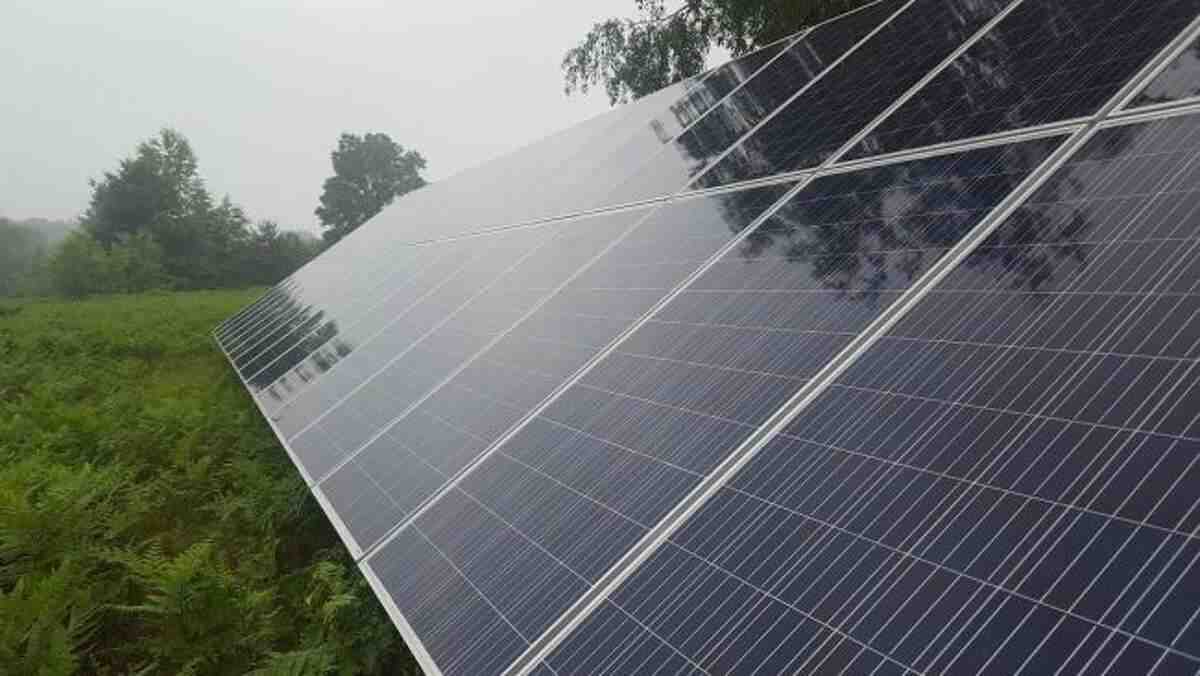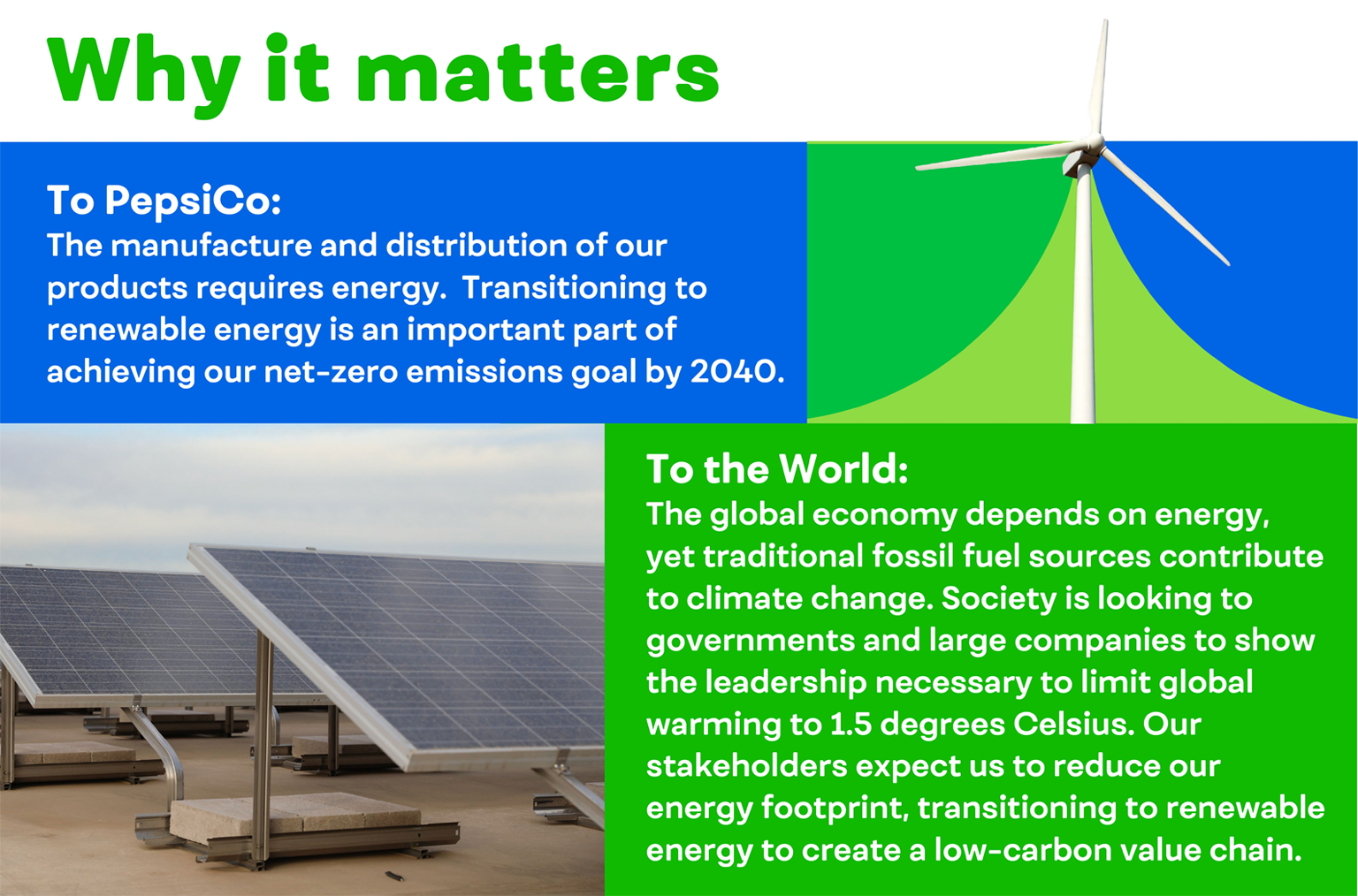Solar energy could soon become the primary source of electricity at Erie’s main fire station.
Mayor Joe Schember’s administration is investigating a plan that would result in the installation of more than 200 solar collectors to generate electricity on the roof of Erie Central Fire Station, 208 W. 12th St.
The move is part of the city’s long-term commitment to promoting clean and cost-effective energy and water use, while reducing emissions from transport. The city could save more than $ 7,000 a year on electricity-related costs at the firehouse, city officials said.
“We believe it is feasible and sustainable and could provide long-term cost savings, so we will work on that in other buildings,” said Chuck Zysk, the city’s public works director.
More: What homeowners in the Erie area need to know about solar panels
On March 16, Erie City Council approved a resolution allowing city officials to continue the project. Renee Lamis, Schember’s chief of staff, said city officials hope to complete the project before the end of this year.
The design, construction and installation of solar panels and related equipment, including a backup battery and energy storage system, is expected to cost about $ 250,000, according to city officials.
The project, which would include repairing the roof of the firehouse, would be fully funded by donations and donations.
“We hope to be able (eventually) to supply the building with 100% electricity” with the help of solar panels, said Sarah Peelman, the city’s coordinator for sustainability. “This could be one of the first public buildings in Pennsylvania to have such a system.”
The plan envisions the installation of 225 solar panels in the firehouse, Peelman said.
Justin Mason is the director of commercial and municipal development for Solar Revolution, an Erie solar installation company that is consulting with the city about the firehouse project.
Mason said 225 solar panels would produce about 91,000 watts of electricity a year at the station, which is at least in line with the amount of annual electricity the station receives from Penelec.
A solar collector system would take about 25 years, Mason said.
“The system actually becomes profitable in year 16, and then the city saves about $ 164,000 worth of the remaining years, given the rising cost of energy,” Mason said. “Remember, your electricity costs are increasing every year.”
Peelman said the city has already provided two grants for the project: $ 25,000 from the Penelec Sustainable Energy Fund and $ 24,375 through the Restart Pennsylvania Energy Development Authority program.
PEDA funds alternative energy projects throughout the country.
Peelman said the city is also pursuing $ 200,000 for a sustainable contribution from Green Mountain Energy, a Houston-based renewable energy company. This post is not yet complete.
Peelman said the firehouse is ideal for the project.
“It has high visibility in this corner and there are no trees in this area to block the sun from reaching the roof,” Peelman said. “It’s also an emergency center. With a battery system and a clean energy generator on site, the building could be used as a command center for other operations if, for some reason, the power supply in other city buildings was cut off.
Erie Fire Chief Joe Walko agreed. The central fire station, which houses three trucking companies and deputy department heads, has nearly 30 firefighters.
“If a firehouse can be self-sufficient without needing electricity from Penelec, then that’s good,” Walko said.
The firehouse project is coordinated with the city’s involvement in Erie’s Emerging 2030 County, an initiative aimed at reducing property owners across the region to reduce energy consumption, water consumption and traffic emissions by at least 50 percent by 2030.
Emerging District 2030: The plan aims at energy efficiency, water and emissions
There are more than 20 active counties in the U.S. in 2030. Partners in the emerging Erie County of 2030 include the City of Erie, the Erie County Government, UPMC Hamot, the Benedictine Sisters of Erie, the Sisters of Sts. Covenant Church and Mercyhurst University.
Erie’s Emerging County 2030 is affiliated with the Green Building Alliance, a Pittsburgh-based non-profit organization dedicated to promoting environmentally friendly construction and development.
Peelman said that as part of its participation in Emerging County 2030, the city has committed itself to significantly reducing energy costs in three public buildings / facilities by 2030.
Erie Town Hall, 626 State St., and the city sewage treatment plant on 68 Port Access Road on the east coast of the bay are also considering energy reduction projects, Peelman said.
“If we can do this in more buildings over time, our savings will increase,” Peelman said. “We can study additional solar cells, more energy efficient LED lighting and similar things. That’s what’s cool about it. “
Contact Kevin Flowers at kflowers@timesnews.com. Follow him on Twitter at @ETNflowers.
How can I invest in green energy?
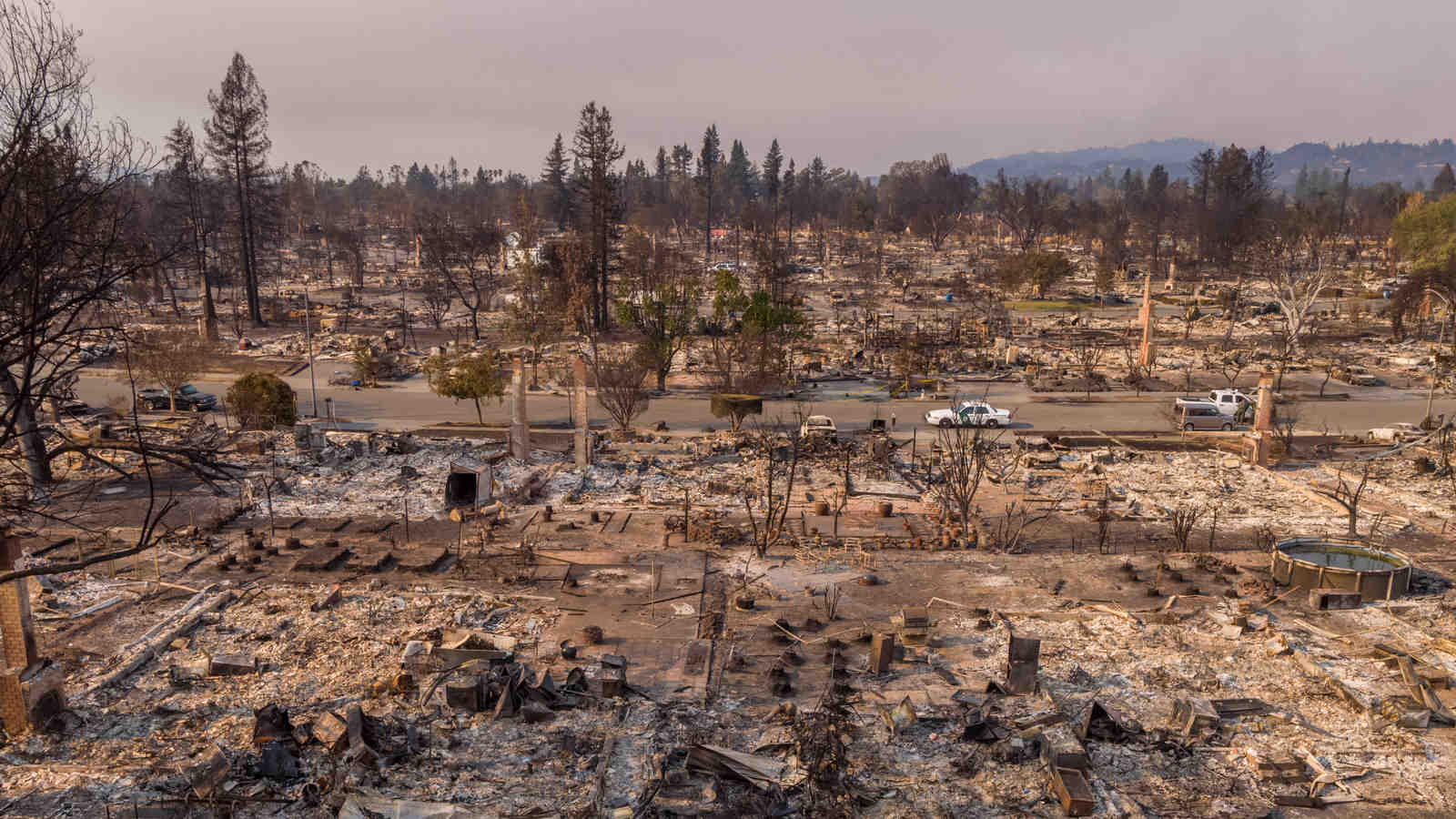
The easiest way to invest in green energy is to find a mutual fund or index fund that invests in a wide basket of renewable energy securities. To see also : Power: Solar panels looking for Erie’s central firehouse. There are many such funds, each managed according to a different strategy or targeting a different renewable energy index.
Which shares of green energy is best to buy? The best clean energy supplies to buy today
- SunPower Corporation (NASDAQ: SPWR) Number of hedge fund holders: 20.
- Brookfield Renewable Partners L.P. (NYSE: BEP) Number of hedge fund holders: 21 …
- Consolidated Edison, Inc. (NYSE: ED) …
- Plug Power Inc. 09.30 NASDAQ: PLUG
Who is the biggest investor in green energy?
China is already a leader in renewable energy production. This may interest you : Solar power san diego. It is currently the world’s largest producer of wind and solar energy9 and the largest domestic and foreign investor in renewable energy sources.
Who is the largest producer of green energy?
Norway is the largest producer of clean energy, with 98.4% of its energy production coming from renewable sources. The data refer to 2020 and are provided by Enerdata, a consulting company that annually publishes a study on energy, production and consumption worldwide and its impact on the environment.
Who invests the most in green energy?
| State | Investment in energy transition 2021 (US $) | % of world total |
|---|---|---|
| China | $ 266 billion | 35.2% |
| USA | $ 114 billion | 15.1% |
| Germany | $ 47 billion | 6.2% |
| United kingdom | $ 31 billion | 4.1% |
How do I start investing in green energy?
The easiest way to invest in alternative energy is through exchange traded funds (ETFs), which provide diversified exposure within a particular sector. Before investing in them, you need to think carefully about the components of these ETFs. Clean energy bonds can also be an option to reduce the risk of default.
Is green energy a good investment?
The survey found that of the 400 companies investing in renewable energy, about 20 percent achieved a return on investment of 15 percent. MIT researchers find that the ideal annual rate of return is between 20 and 25 percent.
How many solar panels do I need for 500 kWh per month?
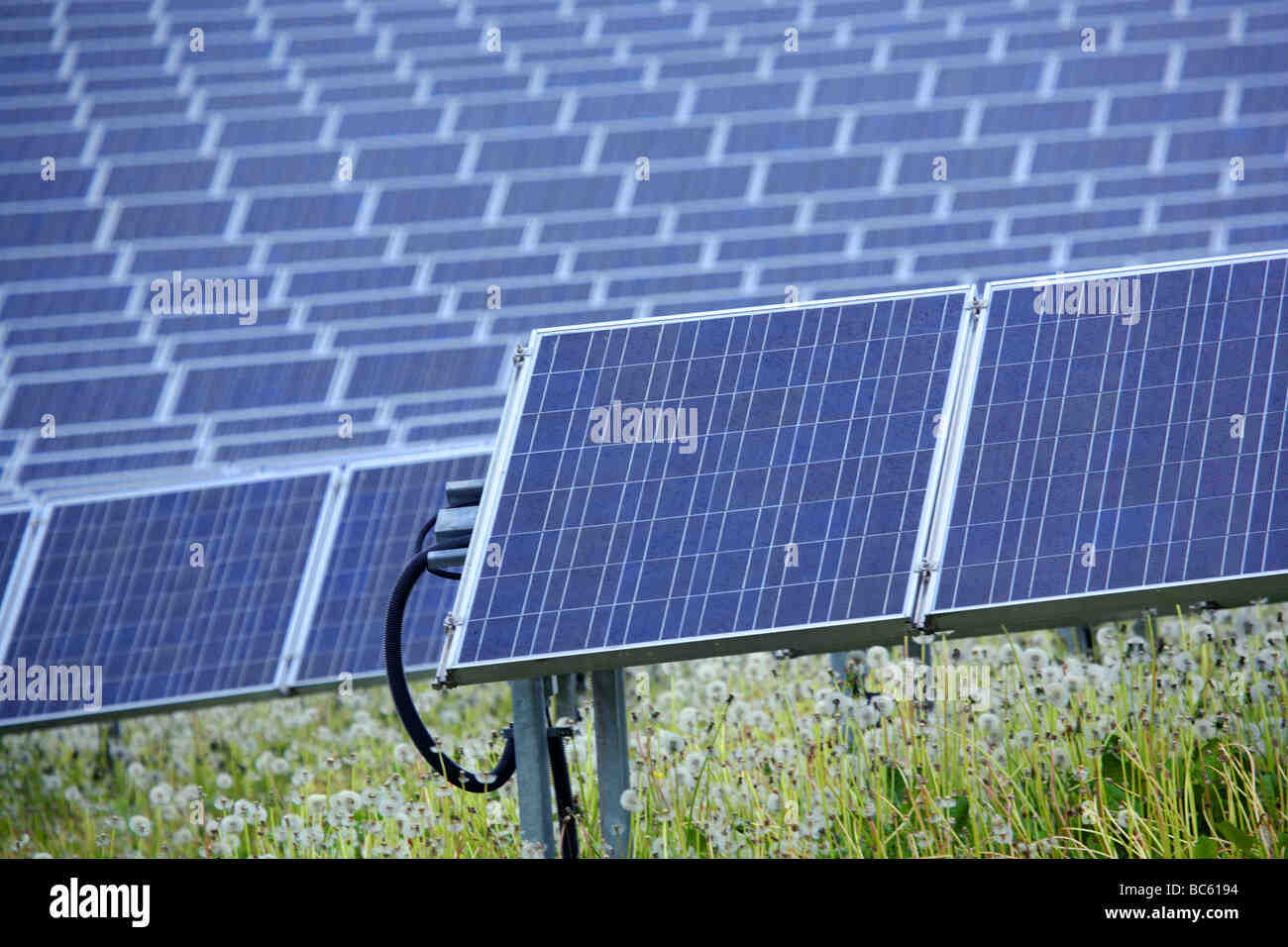
| Monthly consumption kWh | Typical system size | Number of plates (315W) |
|---|---|---|
| 500 | 3.58 kW | 12 |
| 600 | 4.30 kW | 14 |
| 700 | 5.02 kW | 16 |
| 800 | 5.73 kW | 19 |
How many solar panels do I need for 750 kWh per month? To produce 750 kWh per month, you will need 6 kW of solar panels.
How many solar panels do I need for 1000 kWh per month?
A home that consumes 1000 kWh per month would need 27 solar collectors, each with a power of 300 watts. This assumes an average irradiation of 4 kWh / m2 / day (maximum hours of sunshine) and does not include photovoltaic system losses of up to 23%.
How many solar panels do I need to cover a kWh per month?
Remember, if you receive an average of four hours of usable sun a day and your solar panel is rated at 250 watts of power, you will need forty panels to reliably produce 1000 kWh per month. The average size of residential solar panels today is about five and a half times 3 feet.
What size solar system do I need for 1000 kWh per month?
Given that the average home has access to 150 hours of solar power per month (5 x 30 days), a typical house producing 1000 kWh per month should install (1,000 kWh / 150 hours) a 6.67 kW solar system.
How many solar panels do I need for 900 kWh per month?
Typically, homeowners in the United States consume about 900 kWh per month on average. So, take 900 kWh and divide by the amount of kWh that one solar panel produces in one month (30kWh), and you get a 30-panel installation. 30 boards x 250 watts per board is equivalent to a 7,500-watt system (7.5 kW).
How many solar panels do I need based on kWh per month?
The average American home needs between 19 and 23 solar panels based on an average power consumption of 877 kilowatt hours (kWh) per month. Installing so many solar panels would cost between $ 13,000 and $ 16,200 under the federal solar tax credit.
How much solar do I need based on kWh?
As a general rule, you can divide your annual kWh needs by 1200 to calculate your ideal system size. In this case, 2,000 kWh per month x 12 months = 24,000 kWh per year. 24,000 kWh / 1,200 = 20 kW system.
How many solar panels do I need to cover a kWh per month?
Remember, if you receive an average of four hours of usable sun a day and your solar panel is rated at 250 watts of power, you will need forty panels to reliably produce 1000 kWh per month. The average size of residential solar panels today is about five and a half times 3 feet.
What size solar system do I need for 1000 kWh per month?
Given that the average home has access to 150 hours of solar power per month (5 x 30 days), a typical house producing 1000 kWh per month should install (1,000 kWh / 150 hours) a 6.67 kW solar system.
How many solar panels do I need for 100 kWh per day?
Depending on the location and size of the roof, a typical homeowner will need 28 to 34 solar panels to cover 100% of energy consumption.
How many kWh does a solar panel use per day?
Although there are many factors that affect the amount of energy a solar panel can produce, you can expect a typical single solar panel in the United States to produce about 2 kWh per day, saving an average of $ 0.36 in electricity costs per day .
How many 100w solar panels does it take to power a house?
100 watts X 4 hours X 0.85 = 340 watts. So you will need 1440/340 = 4.2 boards ~ = 5 boards.
How many solar panels do I need for 50 kWh per day?
How many solar collectors do I need to produce 50 kwh per day? With a typical irradiation of the 4 largest sundials, 62 solar collectors with a power of 200 watts are needed to produce 50 kWh per day. This is equivalent to a 7.5 kW solar system.
How much does a renewable energy credit cost?
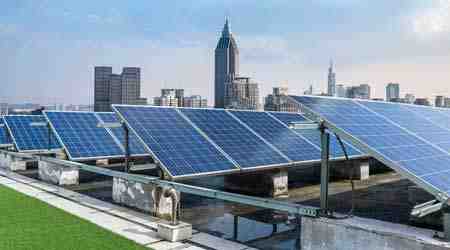
Prices for purchased RECS for the period 2015–2017 averaged between $ 0.15–0.045 per kWh produced. In 2021, SREC prices range from $ 10 to more than $ 400, depending on the SREC state market.
Are renewable energy loans worth it? Renewable energy credits may be appropriate for your business if you want to support the renewable energy market, face difficulties in installing solar panels or implementing efficiency projects in your home or business, want to reduce energy consumption and carbon emissions, or have ambitious environmental goals. …
How much are solar renewable energy credits worth?
The value of SRECs, like shares, can be traded and fluctuates according to the supply and demand for SRECs in the national market. So how much exactly are SRECs worth now? Currently, SRECs sell for somewhere between $ 5 and almost $ 500, depending on the country.
How much are renewable energy credits worth?
Homeowners and commercial businesses earn one SREC for every megawatt hour (MWh) of electricity produced. These SRECs can then be sold to electric companies. A SREC can be worth $ 300 or more in certain markets, and for a typical 5 kW home solar installation, you could earn six SRECs a year.
How much are solar credits worth?
Frequently Asked Questions: California Solar Incentives The solar tax credit is worth 26% of the value of the installed system and can be claimed in federal tax returns.
How much do RECs sell for?
In the last 15 months, Green-e®-certified REC costs have risen from about $ 1 per REC to almost $ 8 per REC.
What is the current price of a REC?
Voluntary REC prices increased from 0.31 USD / MWh in August 2017 to 0.70 USD / MWh in August 2018.
How many kWh is a REC?
Because renewable generators generate electricity, they generate one REC for every 1,000 kilowatt hours (or 1 megawatt hour) of electricity delivered to the grid.
Can I buy a REC?
Instead, you can buy a REC through your electrical appliance. With green energy programs, utility companies buy RECs and charge customers a premium for the extra costs they incur. Check with your gadget to see if they offer this type of program.
Are RECs valuable?
REC represents the social and environmental benefits of MWh of clean energy. You can think of this as a mirror image of the carbon tax: instead of giving a negative value to carbon emissions, it gives a positive value to clean production.
How do I buy renewable energy credits?
How to buy REC. If you are a customer of one of the 850 public utilities in the U.S. that offer a green energy program, you don’t have to go through an outside supplier to purchase renewable energy. Instead, you can buy a REC through your electrical appliance.
Can I buy energy credits?
Renewable energy certificates (also known as renewable energy credits or RECs) represent energy produced by renewable energy sources such as solar or wind power plants. Buying a REC is not the same as buying electricity.
How do you buy renewable energy credits?
Instead, you can buy a REC through your electrical appliance. With green energy programs, utility companies buy RECs and charge customers a premium for the extra costs they incur. Check with your gadget to see if they offer this type of program. Most green price premiums cost about 1 to 2 cents per kWh.
Do RECs work?
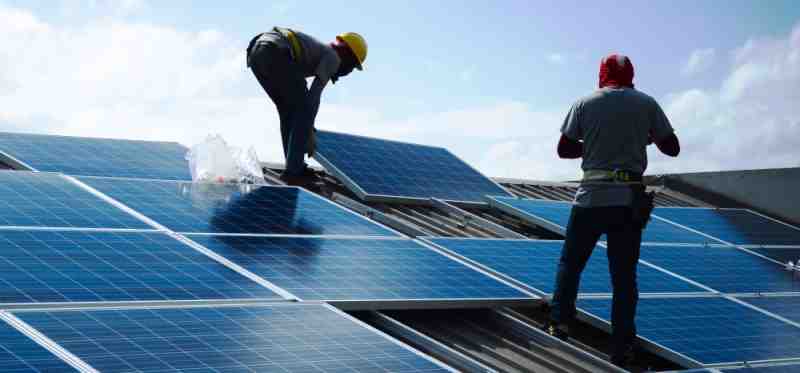
Affects carbon emissions. But these effects are at the systemic level; it certainly cannot be reduced to an exchange of MWh for MWh one for one. In short, buying RECs is best thought of not primarily as a blow to fossil fuels or carbon emissions, but as a (modest) blow to clean energy.
Are RECs expiring? Different REC years may have different values. RECs that are approaching the expiration date can sometimes be purchased at selling prices. Customers can also REC ‘forward purchase’, usually through PPA contracts; futures market prices for REC are similar to futures contracts for gas or electricity.
Do RECs reduce emissions?
The purchase or use of renewable energy verified by RECs is a decision taken by the organization to ensure that its electricity is provided from renewable sources that produce low or zero emissions, thus reducing the organization’s emissions based on market volume. 2.
Do RECs reduce carbon emissions?
In short, RECs allow the purchase of green electricity, but offer no guarantee that we will avoid carbon emissions. On the other hand, carbon offsets represent the reduction or elimination of carbon emissions through various projects.
What is the use of RECs?
The Renewable Energy Certificate (REC) acts as a billing or tracking mechanism for solar, wind and other green energy when they run on the grid. Since electricity produced from renewable energy sources is no different from that produced from any other source, some form of tracking is required.
Are RECs greenwashing?
Widely used RECs are likely to be rejected as greenish if they are the main or only component of a renewable or low-carbon energy strategy. The low cost of REC compared to the total cost of electricity increases this risk.
Are RECs greenwashing?
Widely used RECs are likely to be rejected as greenish if they are the main or only component of a renewable or low-carbon energy strategy. The low cost of REC compared to the total cost of electricity increases this risk.
Qui pratique le greenwashing ?
The companies follow the greenwashing without being able to pay attention! On relève par exemple les pakiranja Yves Rocher, habillés de vert. The packaging of green cosmetics, can be used to confuse quantitatively on the basis of the company’s carbon fiber.
Pourquoi le greenwashing est un problème ?
The greenwashing font companies are in the forefront of environmental concerns that are in the hands of practical practitioners. The ecological argument is the use of trumpet style, it is a form of publicity.


